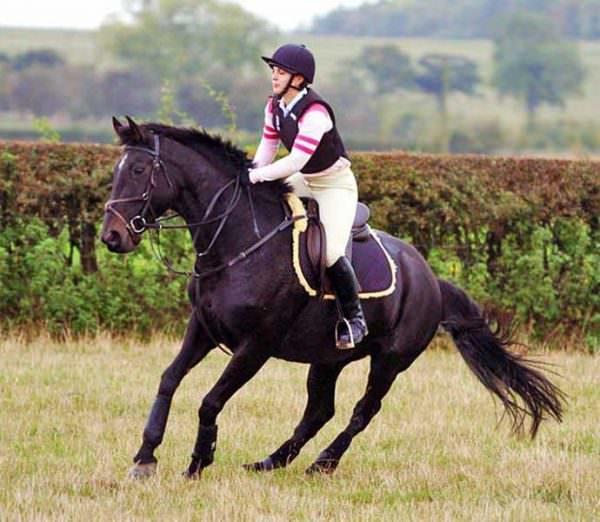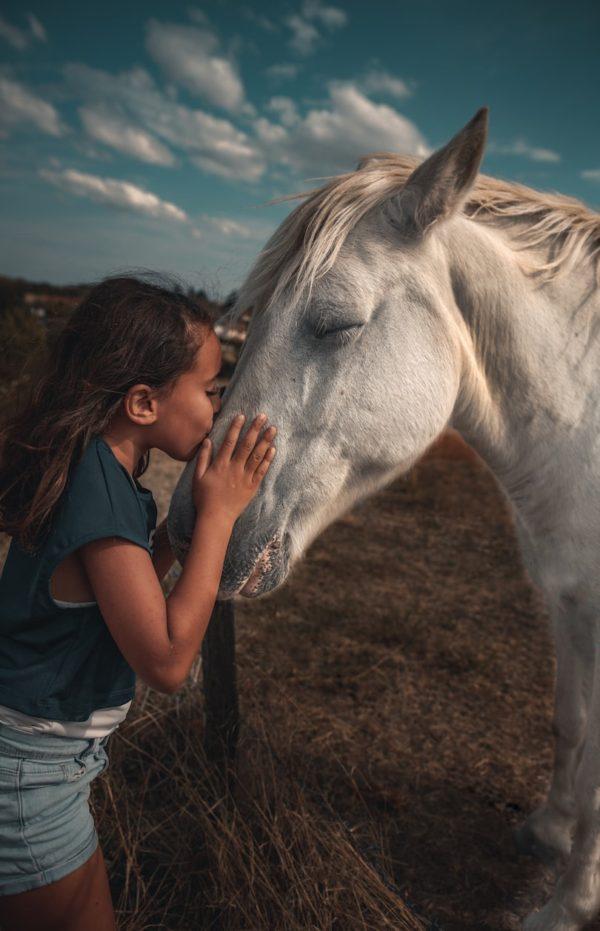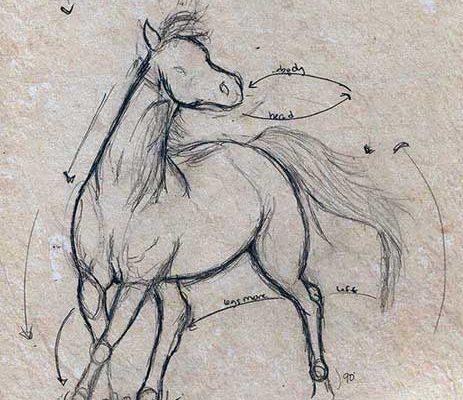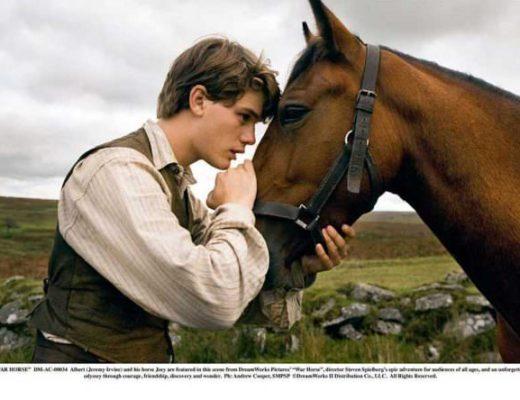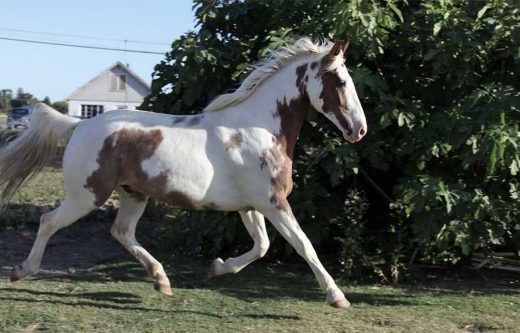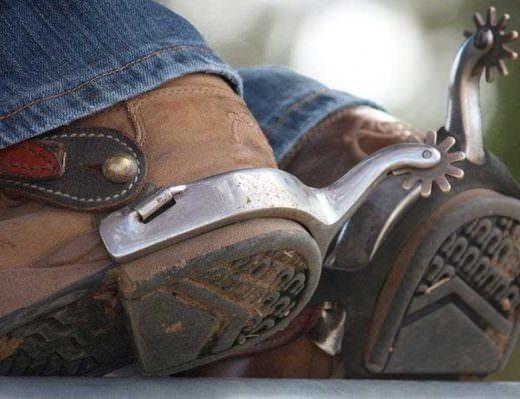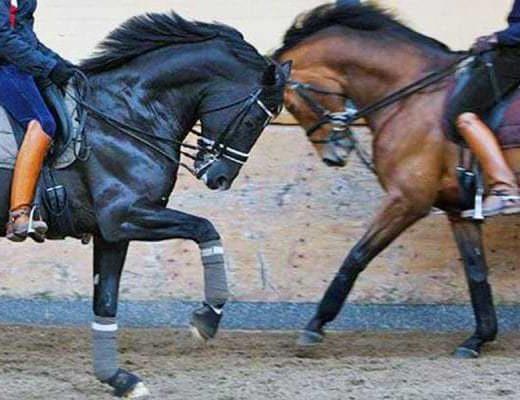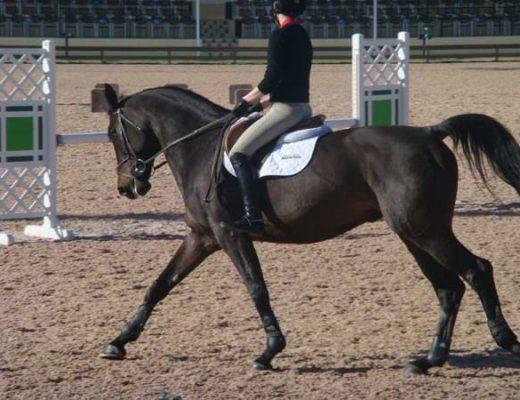This post doesn't address horses who lack confidence/trust in their rider and spook as a result.
What do you do with a horse who seems to be snoozing, relaxing, even napping… and then suddenly spooks!? Not only is it dangerous, but it catches us all the more off guard than spooking from an otherwise hyped up or highly sensitive horse.
First, it is important to understand that spooking from the quietly napping type horse and the “snorts at everything that never moves” originates from the same cause. Not only is the horse not attentive to you, but they are inattentive to the work you are asking from them. Their energy is unfocused and, hence, able to move sporatically and unexpectedly from one scary object to another.
When we think of spooking, or desensitizing a horse from spooking, it is often in conjunction with waving some sort of scary objects around or near the horse repeatedly until they no longer react to them. Certainly, this kind of desensitization can work, but it also often leaves something to be desired – including safety. What to do when your horse approaches something you haven't desensitized him to or don't have the means to?
To me, spooking is a rare occurrence with my horses. Not because I am magical or they are just naturally non-spooky horses, or even because I have managed to desensitize them in a way that will now require you to buy a new gadget I am selling… it is because of a few simple guidelines that I follow when working them.
- Forward : the vast majority of horses – including those dressage horses whose riders are constantly after to be more forward, lack a certain amount of forward energy. The energy that is not being put into moving forward fully, is then free to do whatever it likes – including worry about things that could possibly attack. The second I begin working horses they are to move forward and this is evidenced by making note of how their hooves track up.
- Freedom Through Position : The position most worried about when training horses – the ‘headset' or flexion at the poll, roundness over the top of the neck or however else you want to reference it – is the last thing which will keep your horse from spooking. It can at times offer you the illusion of better control because it is often coupled with the horse's willingness to give to any pulling on the reins and thus eliciting another illusion of lightness and softness in the mouth. However, with the horse's head aligned straight with the rest of his vertebral column he can also take away any of these illusions at will and thus leave the rider with no communication or control (which I hesitate at writing because there really is no such thing as control when dealing with an animal of this size while perched on their back…). When working a horse I focus no energy on the headset or flexion of the poll, but rather on maintaining the appropriate bend in whichever direction we are working. This allows for clear communication, true lightness of the aids (overusing the aids when working on a single rein on a bend will result in all sorts of directional malfunctions – great for letting you know you are too heavy or too light… ), and aligning the horse in a way that maintains communication if the horse were to become nervous or spooky.
- Attitude : I often think in terms of working with a business partner when I'm riding my horses. True, with some of my older horses who I have had for 10+ years I tend to be a bit more of a softie. But, particularly with young horses, the more business like that I approach the training the more consistency and relaxation I get out of the horses. There are no chit-chat sessions, cups of coffee at the local diner, gossip about what happened the other day, etc.
Minimizing spooking has everything to do with how you manage and handle the horse every day and every moment than it does with despooking them to a particular object.
